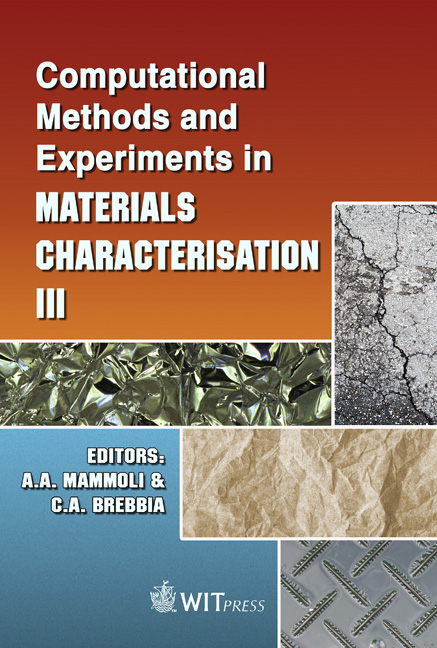An Investigation Into Martensitic Transformation In Hot Stamping Process
Price
Free (open access)
Transaction
Volume
57
Pages
10
Published
2007
Size
1354 kb
Paper DOI
10.2495/MC070101
Copyright
WIT Press
Author(s)
M. Naderi & W. Bleck
Abstract
The main target of the hot stamping process is to get fully martensitic microstructure in the end product. In the current study, the hot stamping process is simulated by the simultaneous forming and quenching experiments. This is done through uniaxial compression tests at high temperatures by a dilatometry machine. The effects of process parameters like strain, strain rate, initial deformation temperature and austenization soaking time and mainly the applied force, on martensitic transformation of the ultra high strength boron steel are investigated. Besides, the presence of other phases like bainite and ferrite and their effects on martensitic transformation is considered. It is concluded that by increasing strain rate and initial deformation temperature, martensite content, hardness and martensite start temperature (Ms) are increased. On the contrary, by applying higher deformations, the above mentioned properties are decreased. It is also concluded that, regardless of the process parameters, higher applied forces deteriorate the successful martensitic transformation during the hot stamping process. Keywords: hot stamping, boron steel, martensitic transformation. 1 Introduction In hot stamping process, the material is subjected to a high temperature austenization and subsequently formed. Then, it is cooled in the die rapidly enough to ensure the formation of martensite. In this process the material is subjected to the thermo-mechanical treatment in the austenite region. This thermo-mechanical treatment will influence the final microstructure and properties of the material.
Keywords
hot stamping, boron steel, martensitic transformation.





